Artist Tauba Auerbach illuminates Wayne McGregor’s new ballet at the Royal Opera House in London
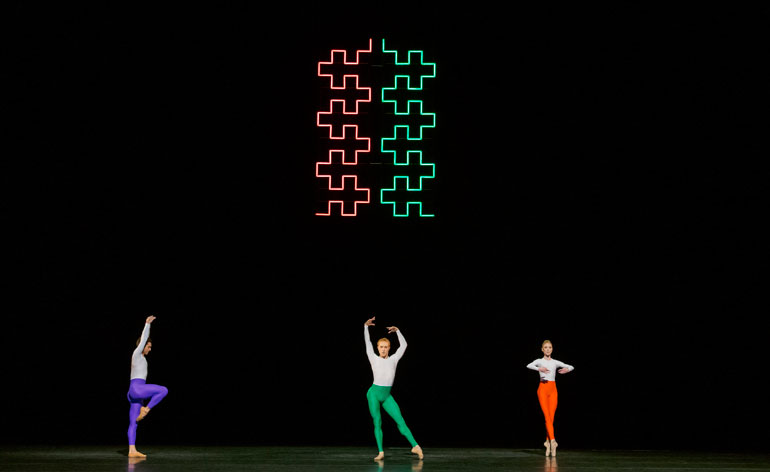
Choreographer Wayne McGregor has long drawn strength from the creative partnerships he forges outside the sphere of dance, with former collaborators numbering architect John Pawson and artist Julian Opie. For his new production at the Royal Opera House in London, ‘Tetractys – The Art of Fugue’, based on Johann Sebastian Bach’s final musical work, he turned to American artist Tauba Auerbach to create the striking set and costume designs.
Best known for her paintings, the New York-based artist – and Wallpaper* Handmade collaborator – has long been fascinated by the principles of mathematics, physics, language and semiotics. Having formally trained as a traditional sign painter, Auerbach devised a series of illuminated geometric glyphs for McGregor’s latest production, her first ever foray into ballet.
‘Designing the sets and costumes for Tetractys was a steep learning curve - I’m used to making sculptures that you can walk around and see from every angle,’ says Auerbach. ‘Here I needed to create a 3-D work that was still compelling from every angle, but that would be visible from only one angle for each person in the audience. Each person’s vantage point would be different but equally important.’
Using numerology and geometry as the springboard for their creative venture, McGregor and Auerbach were mutually drawn to Bach’s The Art of Fugue (it is rumoured that the German composer infused the score with musical codes, such as weaving his name into the final stanza, just before its strange and abrupt ending). The ballet is divided into seven sections, each featuring one of Auerbach’s glyphs, which are infused with their own symbolism and codes.
Composer Michael Berkeley’s orchestral adaptation of the score was equally influential on Auerbach’s designs. ‘I have a habit of thinking about things in a very graphic and linear way and the insight I got from his arrangement was the way he dealt with the music as a set of swelling volumes,’ explains the artist. ‘I wanted to incorporate that way of reading the music into visuals as well.’ To wit, Auerbach complements the fluid musical arrangement with colour gradation in the costumes, reflected also in the ever-changing patterns of her glyphs.
Supported by Outset, ‘Tectractys – The Art of Fugue’ is being shown as part of a triple bill at the Royal Opera House, alongside Frederick Ashton’s classically romantic ‘Rhapsody’ and Kenneth MacMillan’s harrowing ‘Gloria’, a poignant tribute to the generation lost in World War I. Elsewhere in London, Auerbach will celebrate her first UK solo museum show (opening 15 April at the ICA) with a new series of photographs and sculptures inspired by symmetry and reflection.
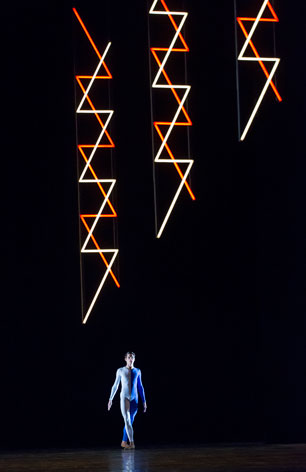
Having formally trained as a traditional sign painter, Auerbach responded to the geometry she heard in Bach's score with a striking series of illuminated glyphs. © ROH / Johan Persson, 2014
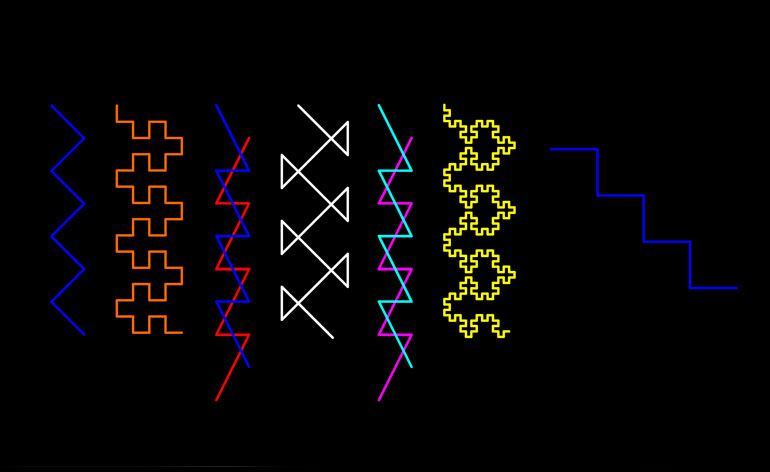
Echoing the musical score is a highly conceptual and considered geometric scheme designed by the artist. The 'subject glyph' (far left) forms the basis to the series; Auerbach responded to the structure of the music, scaling, inverting and expanding it to the form the other glyphs. © ROH / Johan Persson, 2014
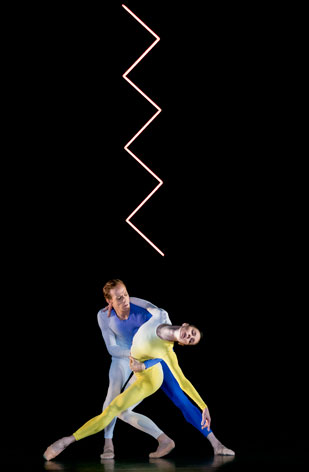
The ballet is divided into seven sections, each featuring one of Auerbach’s glyphs, which respond to the music. © ROH / Johan Persson, 2014
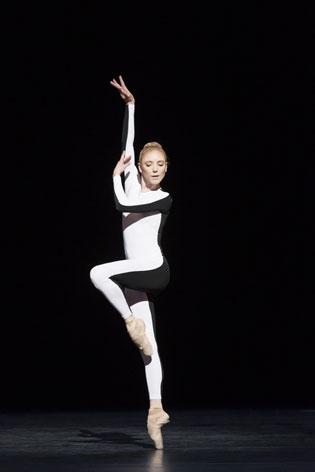
One of Auerbach's bold costume designs. © ROH / Johan Persson, 2014
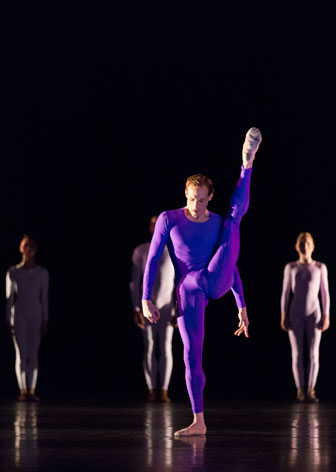
Auerbach complements the fluid musical arrangement with subtle colour gradations in the costumes. © ROH / Johan Persson, 2014
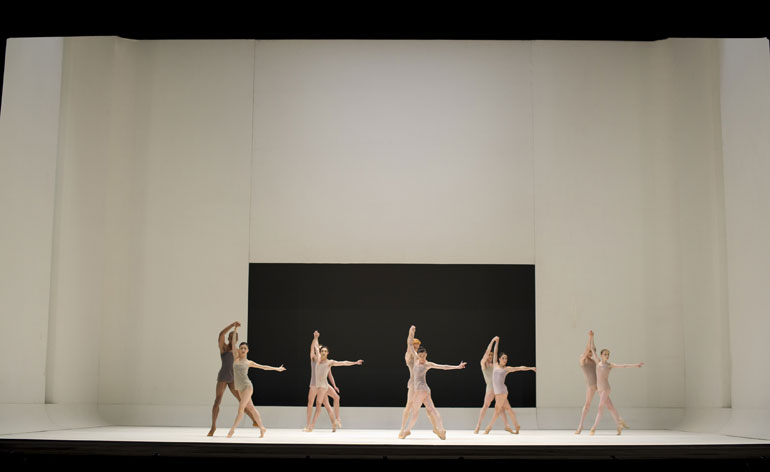
Choreographer Wayne McGregor has a long and memorable history of creative partnerships. His 2006 production for the Royal Ballet, 'Chroma', featured a stark, minimalist set by architect John Pawson. Photography: Bill Cooper / ROH
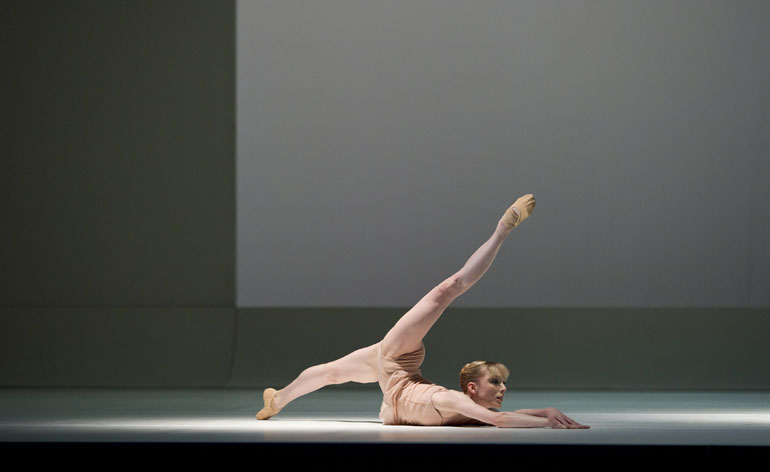
'Chroma', 2006, with set design by John Pawson. Photography: Bill Cooper / ROH
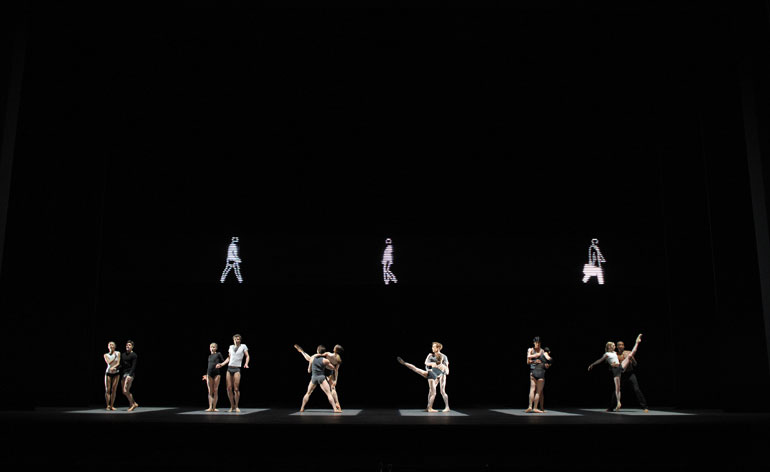
In 2008, he teamed up with artist Julian Opie for 'Infra', 2008, also for the Royal Ballet. Photography: Bill Cooper / ROH
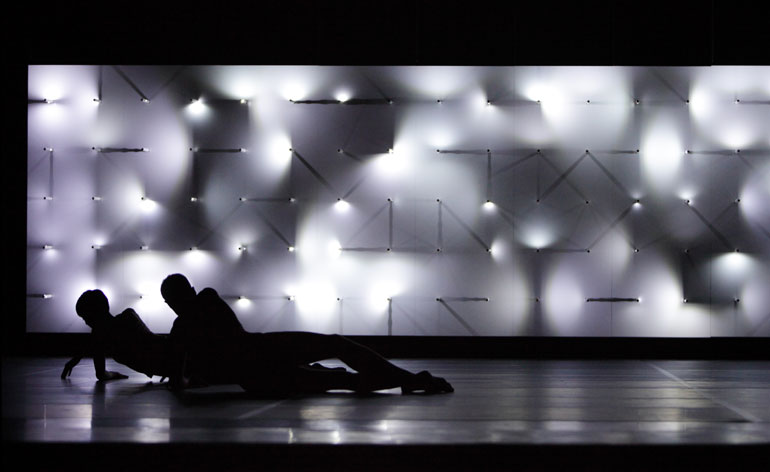
McGregor has collaborated several times with interactive designers Random International. For his 2010 production of Far at Sadler's Wells, the UK-based practice devised a giant, pulsating screen of light with an ever-changing pattern. Photography: Ravi Deepres
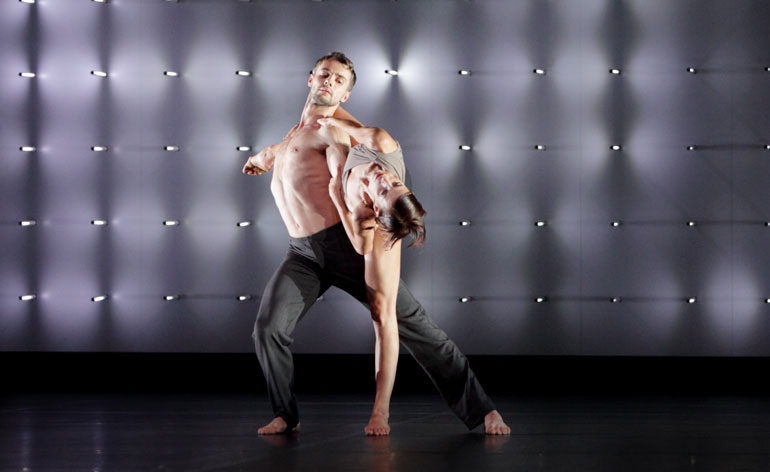
Far, 2010, with set design by Random International. Photography: Ravi Deepres
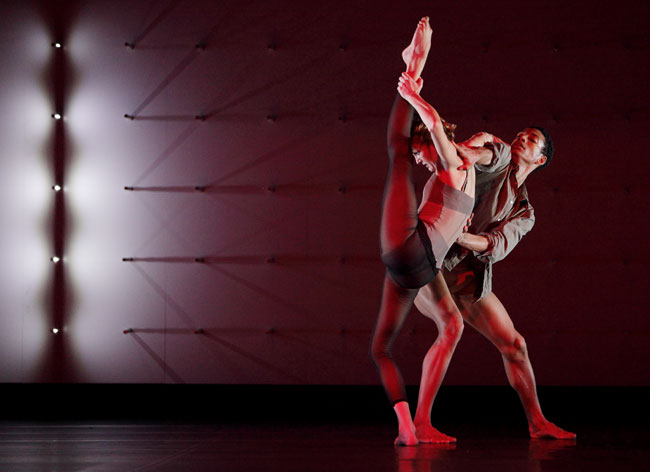
Far, 2010, with set design by Random International. Photography: Ravi Deepres
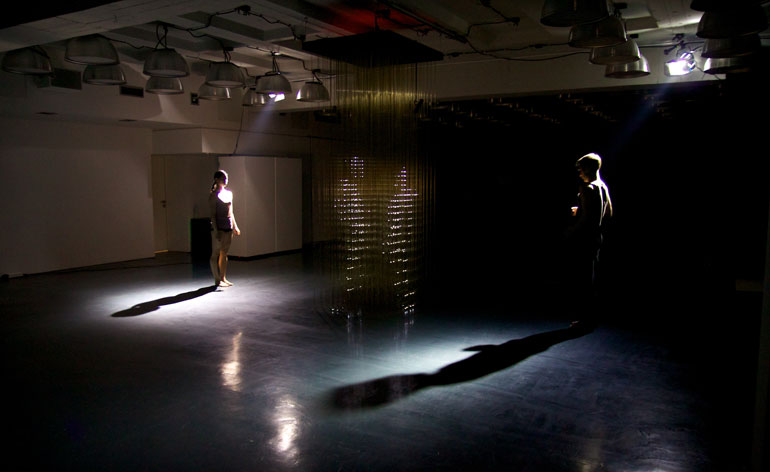
McGregor teamed up with Random International again in 2012, creating a performance based around its 'Future Self' installation at Berlin's MADE Gallery. Courtesy of Random International
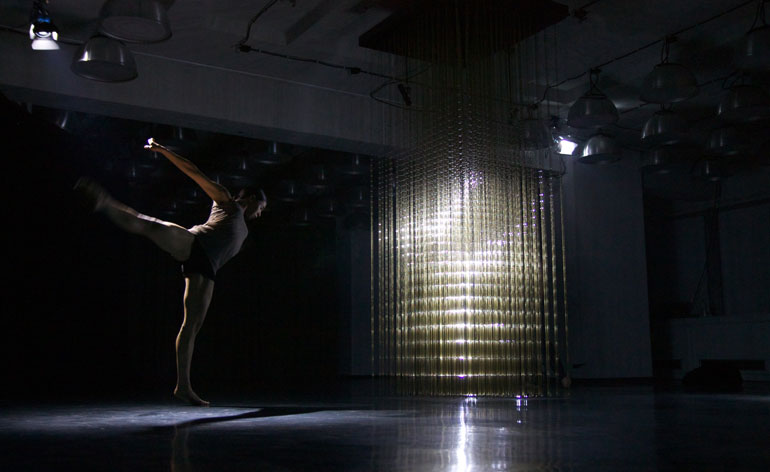
'Future Self', 2012, with set design by Random International. Courtesy of Random International
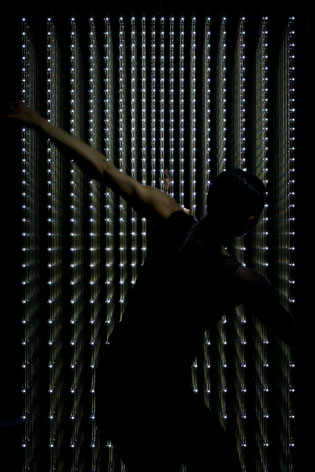
'Future Self', 2012, with set design by Random International. Courtesy of Random International

Dancers from Wayne McGregor | Random Dance inhabited Random International's 'Rain Room' installation, 2012, in the Barbican's Curve gallery, performing continuously evolving interventions, with a score by contemporary composer Max Richter. Photography: Sidd Khajuria
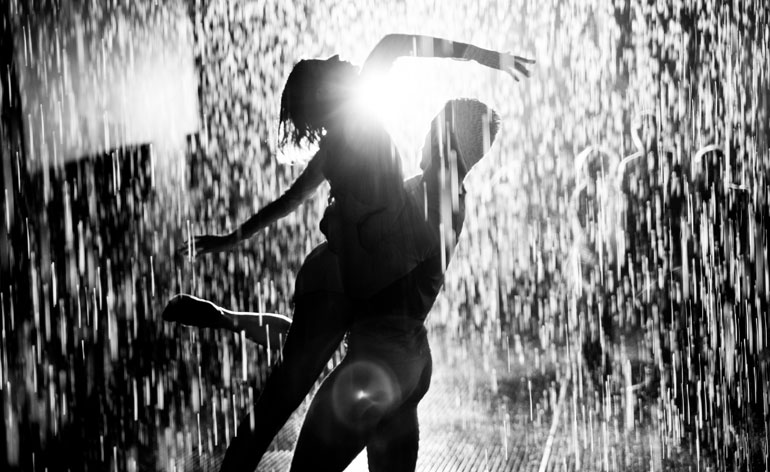
'Rain Room' by Random International, with interventions by Wayne McGregor | Random Dance, at the Barbican, London, 2012. Photography: Sidd Khajuria
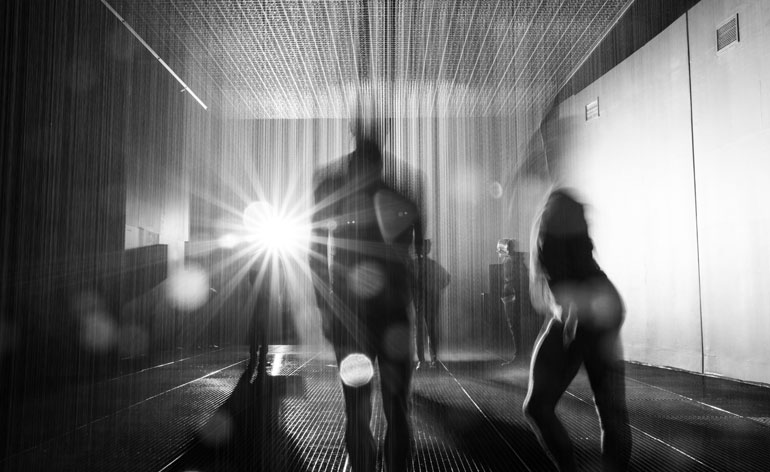
'Rain Room' by Random International, with interventions by Wayne McGregor | Random Dance, at the Barbican, London, 2012. Photography: Sidd Khajuria
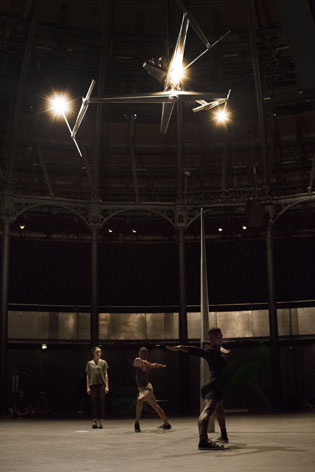
'Azimuth', 2013, saw Wayne McGregor | Random Dance choreograph a performance to correspond with Conrad Shawcross’ 'Timepiece' installation at Roundhouse in London. Photography: Ravi Deepres and Alicia Clarke
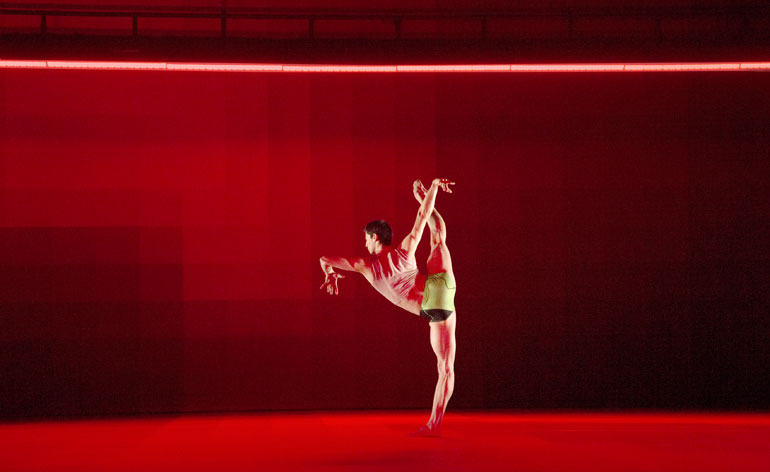
'Atomos', 2013, is McGregor’s production with his company, Wayne McGregor | Random Dance, with video by Ravi Deepres and costumes by innovative designers-cum-technologists Studio XO. Watch the collaborative process between McGregor and Studio XO unfold in this film. Photography: Ravi Deepres
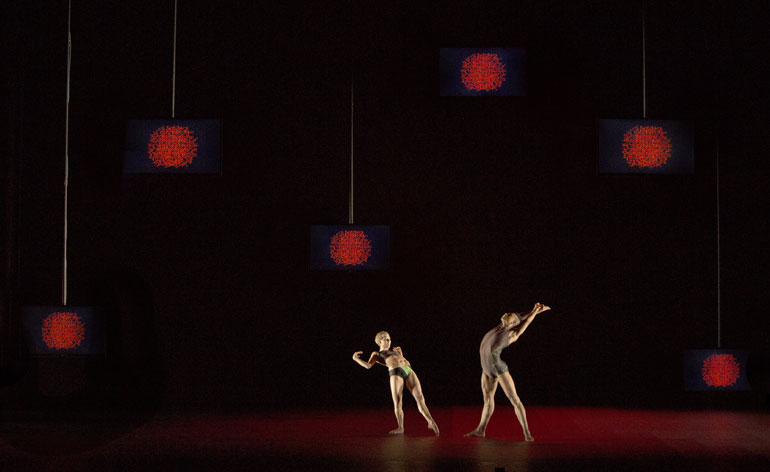
'Atomos', 2013, with video by Ravi Deepres and costumes by Studio XO. Photography: Ravi Deepres
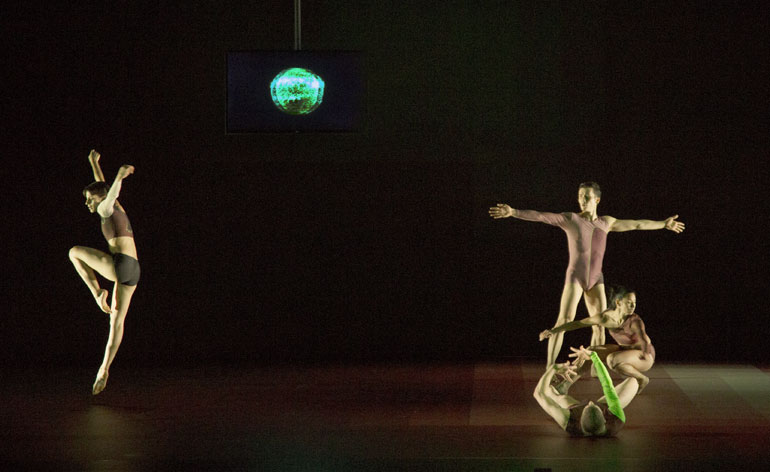
'Atomos', 2013, with video by Ravi Deepres and costumes by Studio XO. Photography: Ravi Deepres
ADDRESS
Royal Opera House
Bow Street
Covent Garden
London WC2E 9DD4
Wallpaper* Newsletter
Receive our daily digest of inspiration, escapism and design stories from around the world direct to your inbox.
-
 Tour the best contemporary tea houses around the world
Tour the best contemporary tea houses around the worldCelebrate the world’s most unique tea houses, from Melbourne to Stockholm, with a new book by Wallpaper’s Léa Teuscher
By Léa Teuscher
-
 ‘Humour is foundational’: artist Ella Kruglyanskaya on painting as a ‘highly questionable’ pursuit
‘Humour is foundational’: artist Ella Kruglyanskaya on painting as a ‘highly questionable’ pursuitElla Kruglyanskaya’s exhibition, ‘Shadows’ at Thomas Dane Gallery, is the first in a series of three this year, with openings in Basel and New York to follow
By Hannah Silver
-
 Australian bathhouse ‘About Time’ bridges softness and brutalism
Australian bathhouse ‘About Time’ bridges softness and brutalism‘About Time’, an Australian bathhouse designed by Goss Studio, balances brutalist architecture and the softness of natural patina in a Japanese-inspired wellness hub
By Ellie Stathaki
-
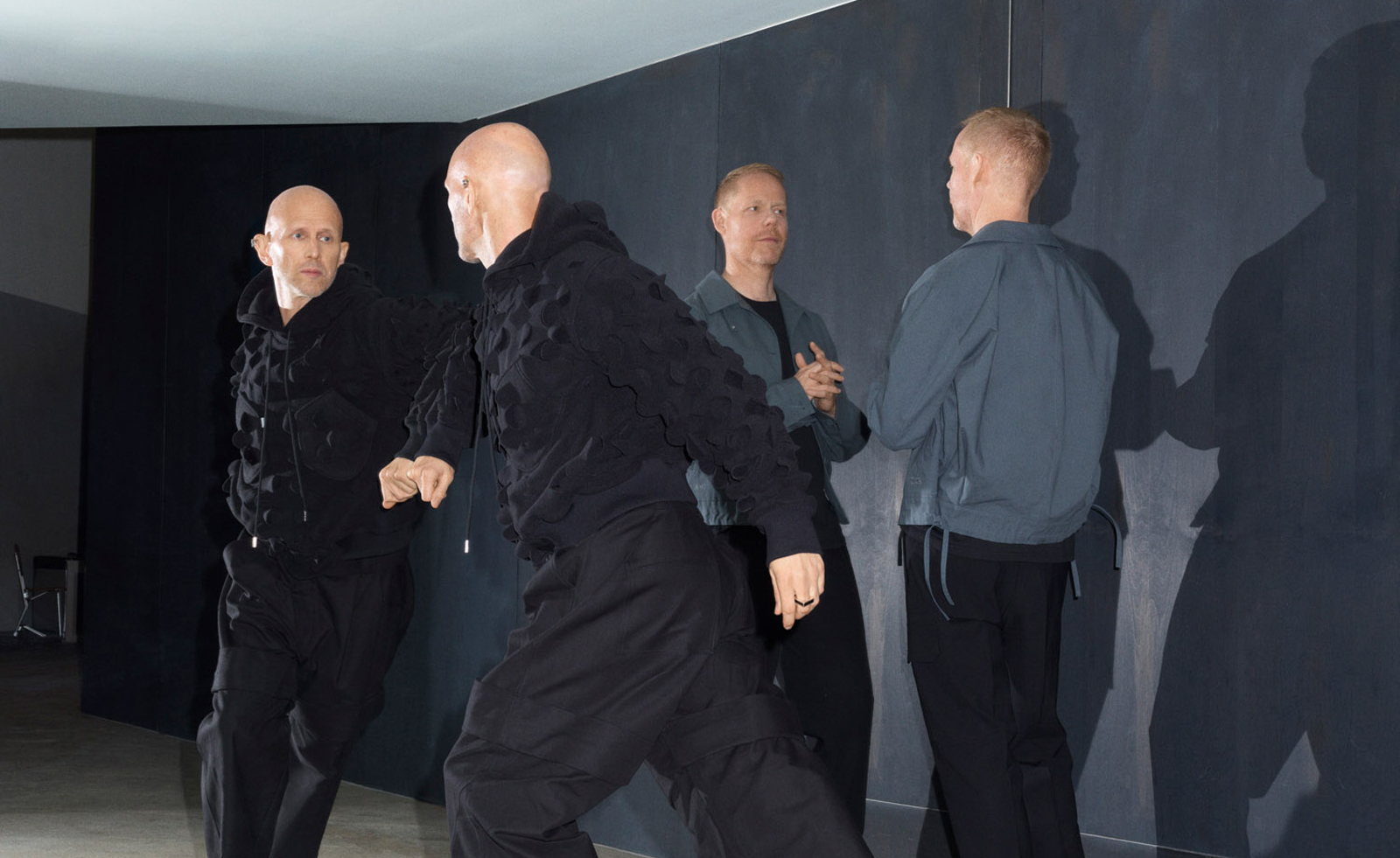 Year in review: top 10 art and culture interviews of 2024, as selected by Wallpaper’s Hannah Silver
Year in review: top 10 art and culture interviews of 2024, as selected by Wallpaper’s Hannah SilverFrom Antony Gormley to St. Vincent and Mickalene Thomas – art & culture editor Hannah Silver looks back on the creatives we've most enjoyed catching up with during 2024
By Hannah Silver
-
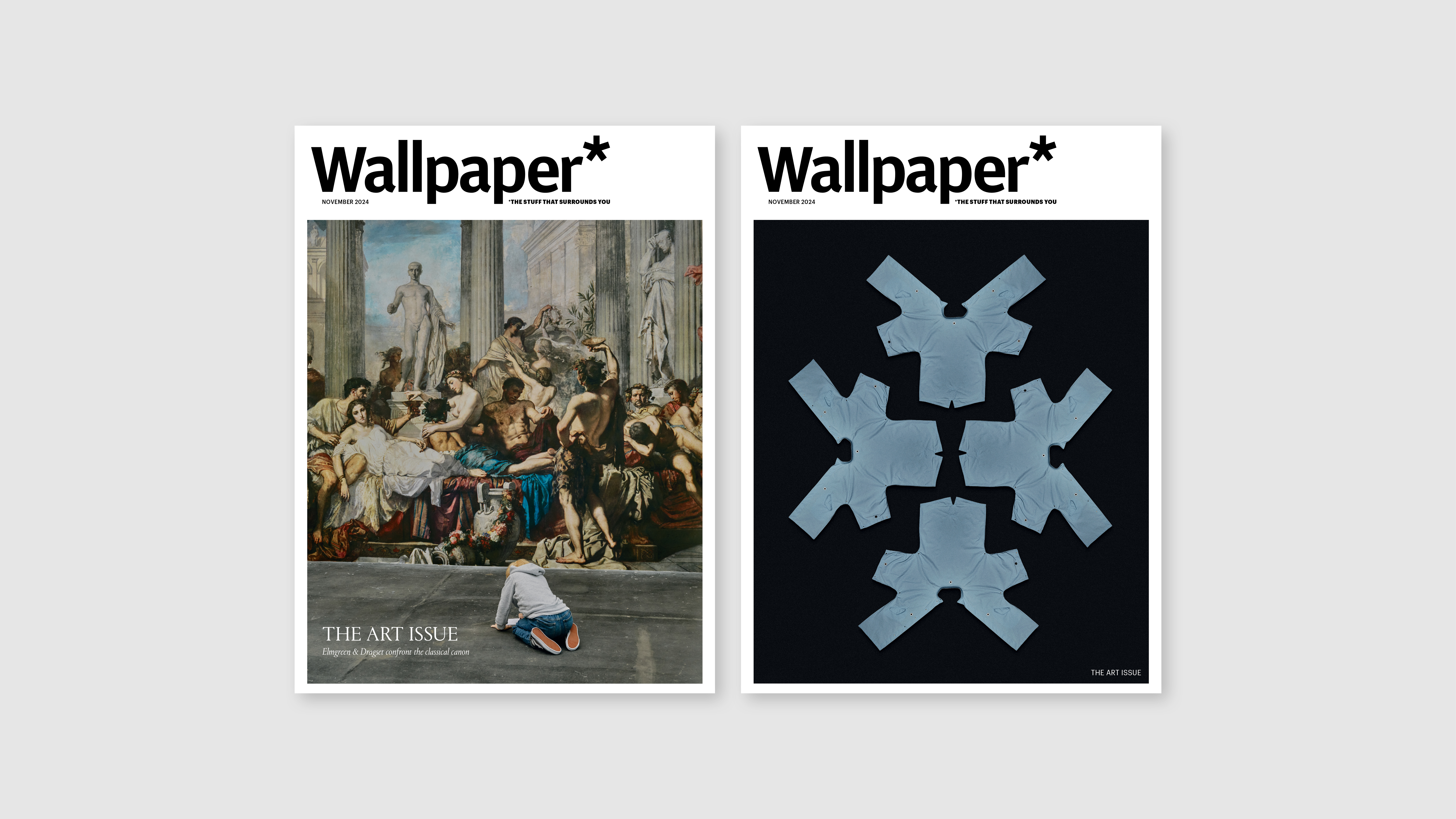 Discover Wallpaper* November 2024: The Art Issue
Discover Wallpaper* November 2024: The Art IssueThe art special is on sale now. Confront the classical canon with Elmgreen & Dragset, get down with LoveFrom x Moncler, and wear art on your sleeve with Christiane Kubrick x JW Anderson
By Bill Prince
-
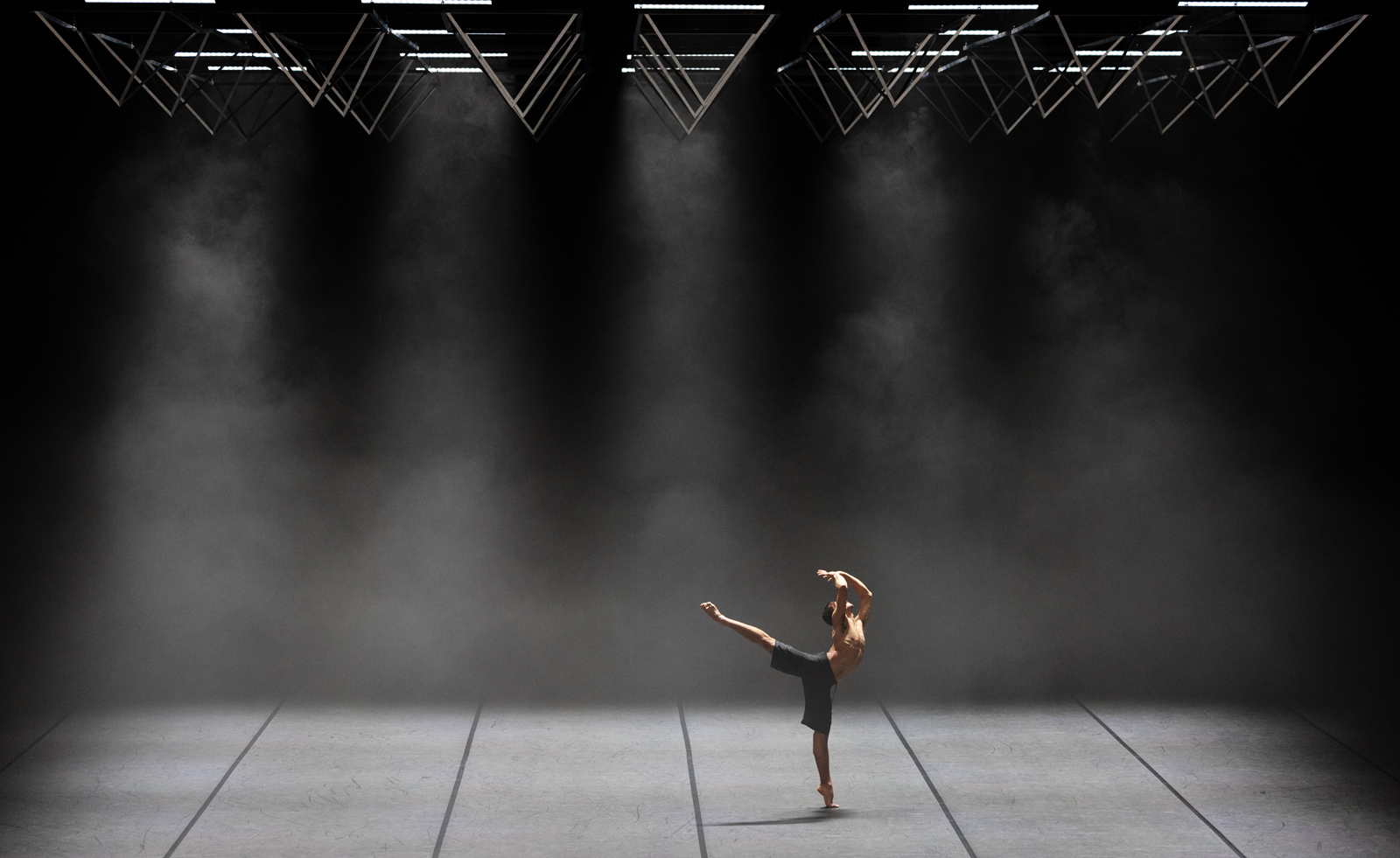 Wayne McGregor’s new work merges genetic code, AI and choreography
Wayne McGregor’s new work merges genetic code, AI and choreographyCompany Wayne McGregor has collaborated with Google Arts & Culture Lab on a series of works, ‘Autobiography (v95 and v96)’, at Sadler’s Wells (12 – 13 March 2024)
By Rachael Moloney
-
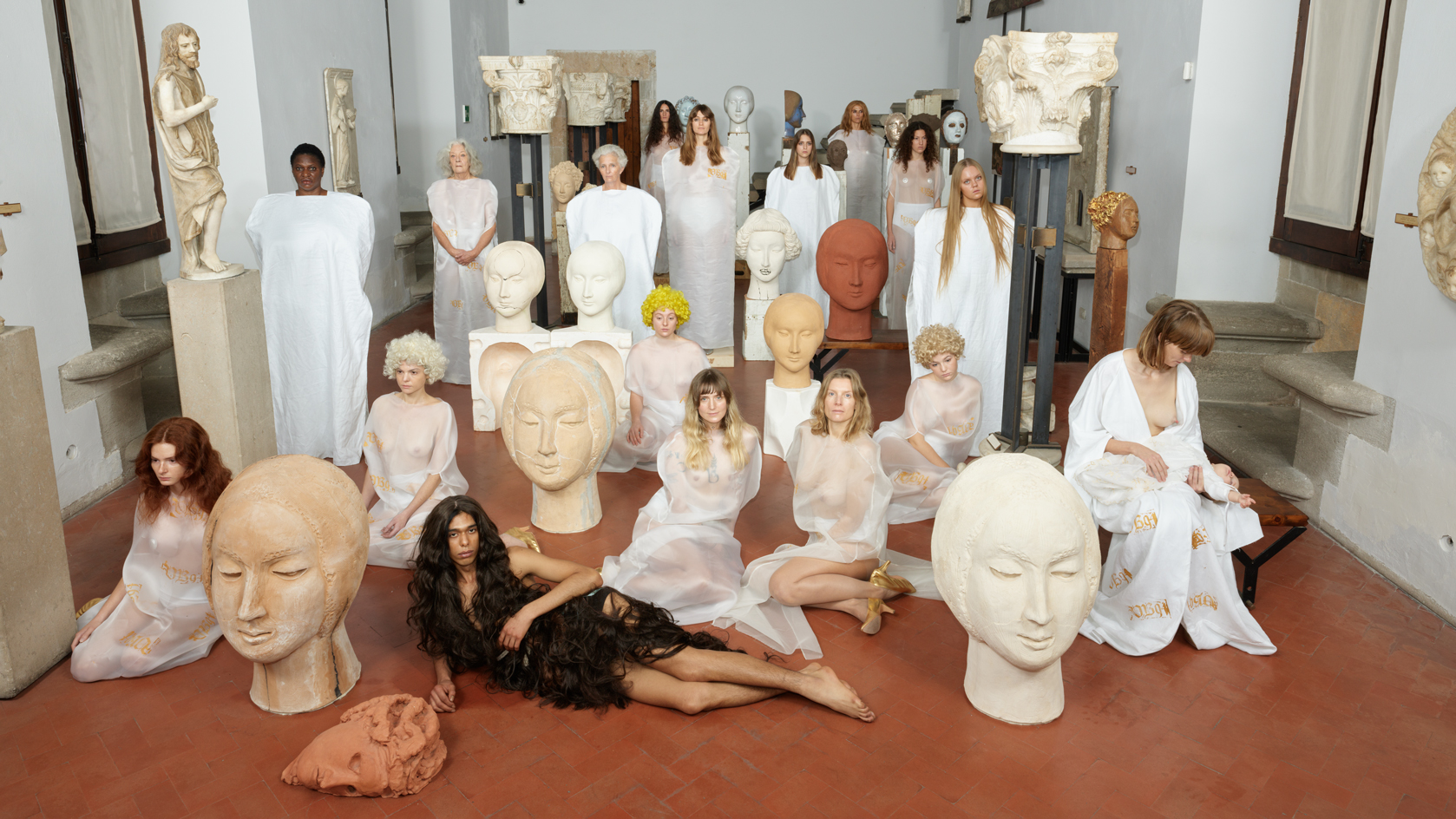 Vanessa Beecroft’s ethereal performance and sculpture exhibition explore Sicily’s cultural history
Vanessa Beecroft’s ethereal performance and sculpture exhibition explore Sicily’s cultural historyAt the historic Palazzo Abatellis, Sicily, Vanessa Beecroft has unveiled ‘VB94’, a new tableau vivant comprising a one-time performance and a new series of sculptures, the latter on view until 8 January
By Hili Perlson
-
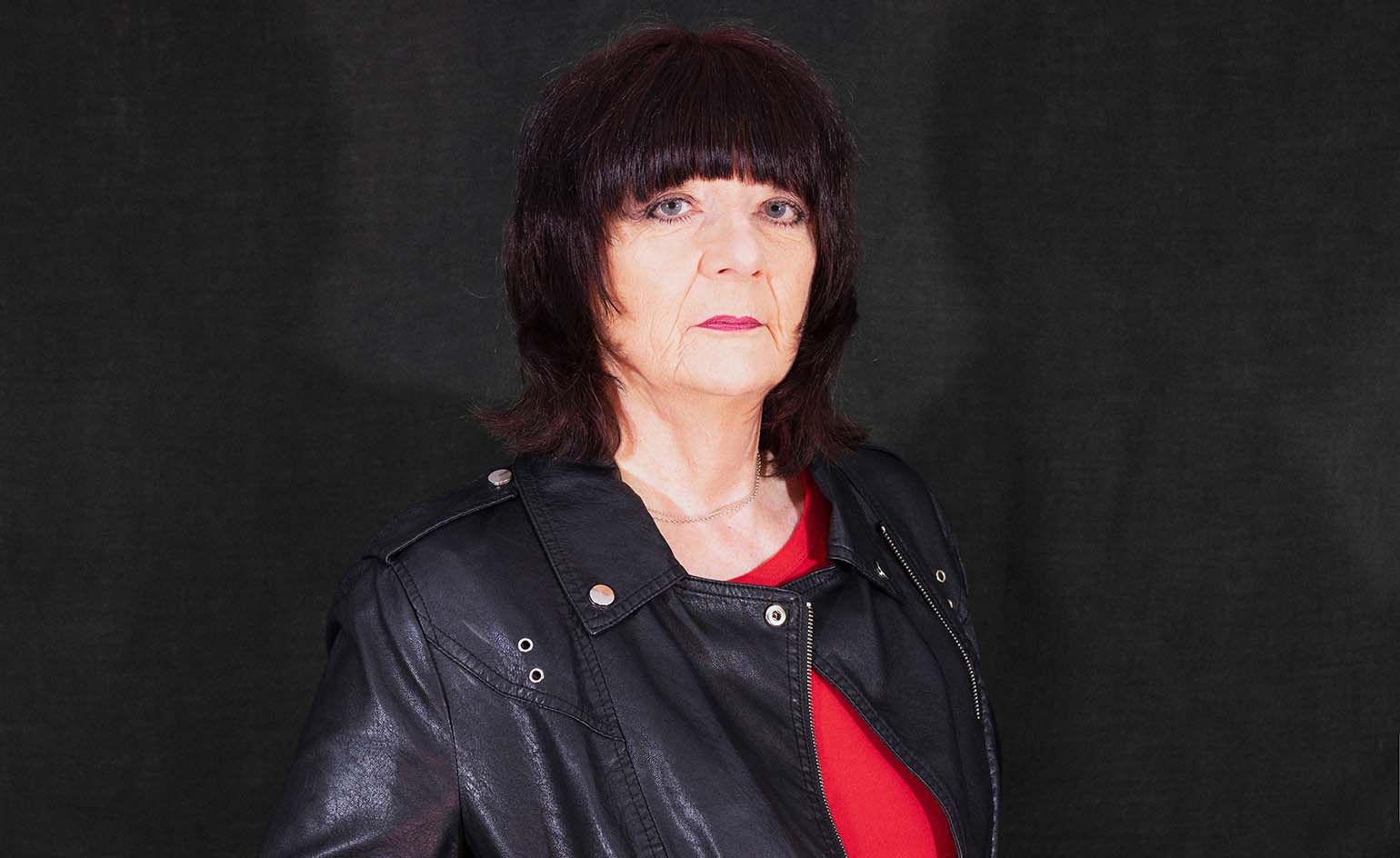 Subversive artist Cosey Fanni Tutti on individuality and annihilating limitations
Subversive artist Cosey Fanni Tutti on individuality and annihilating limitationsFollowing the launch of her new book Re-Sisters, we speak to Cosey Fanni Tutti about conquering fear through action, stepping into the unknown, and the secret to making art that matters
By Mary Cleary
-
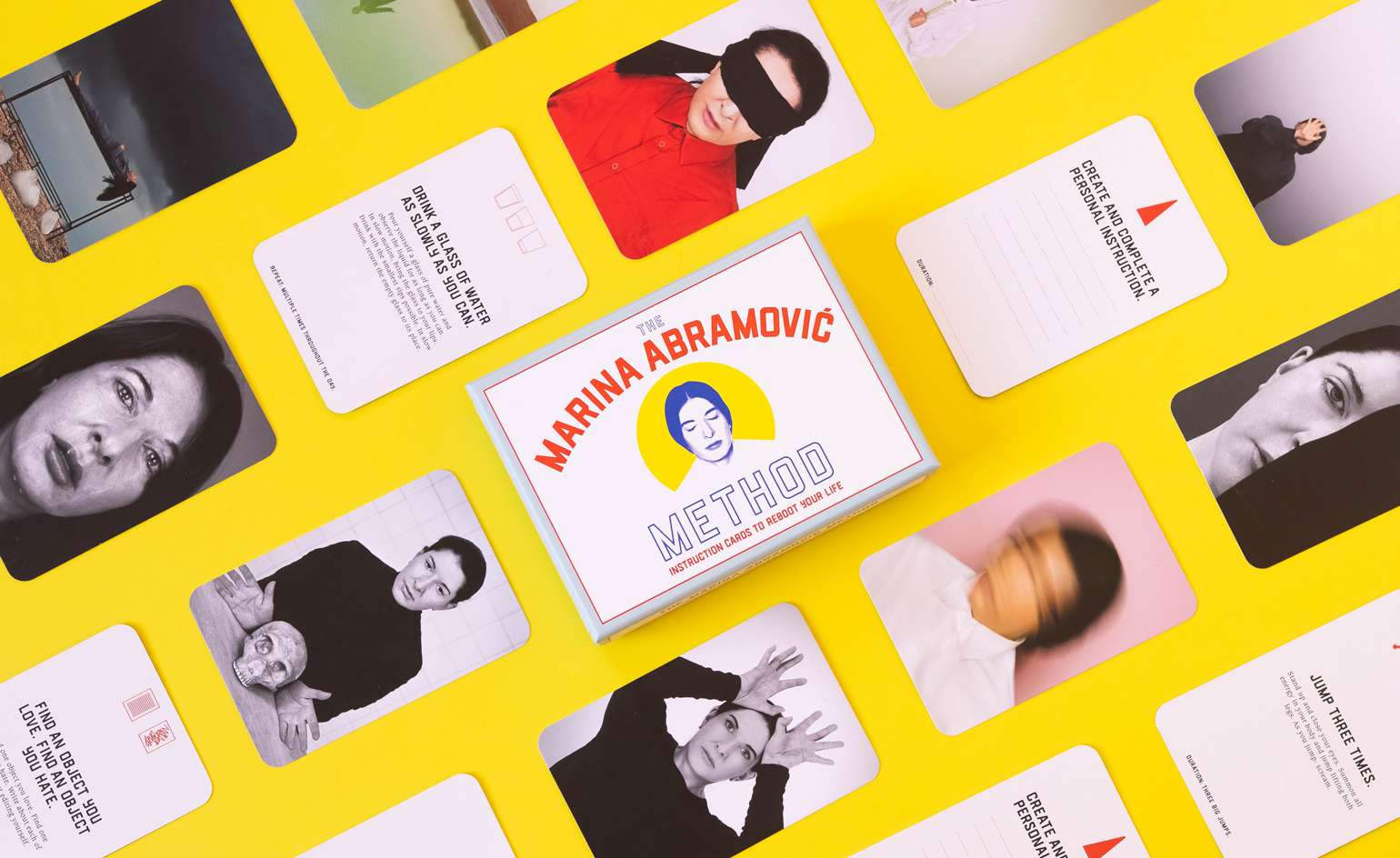 Can the Marina Abramović Method change your life?
Can the Marina Abramović Method change your life?Lady Gaga and Jay-Z are among those who have followed the Abramović Method to reach higher creative consciousness. Now, the artist’s iconic approach has been translated into a series of instruction cards for all. If you don’t try, you’ll never know
By Harriet Lloyd Smith
-
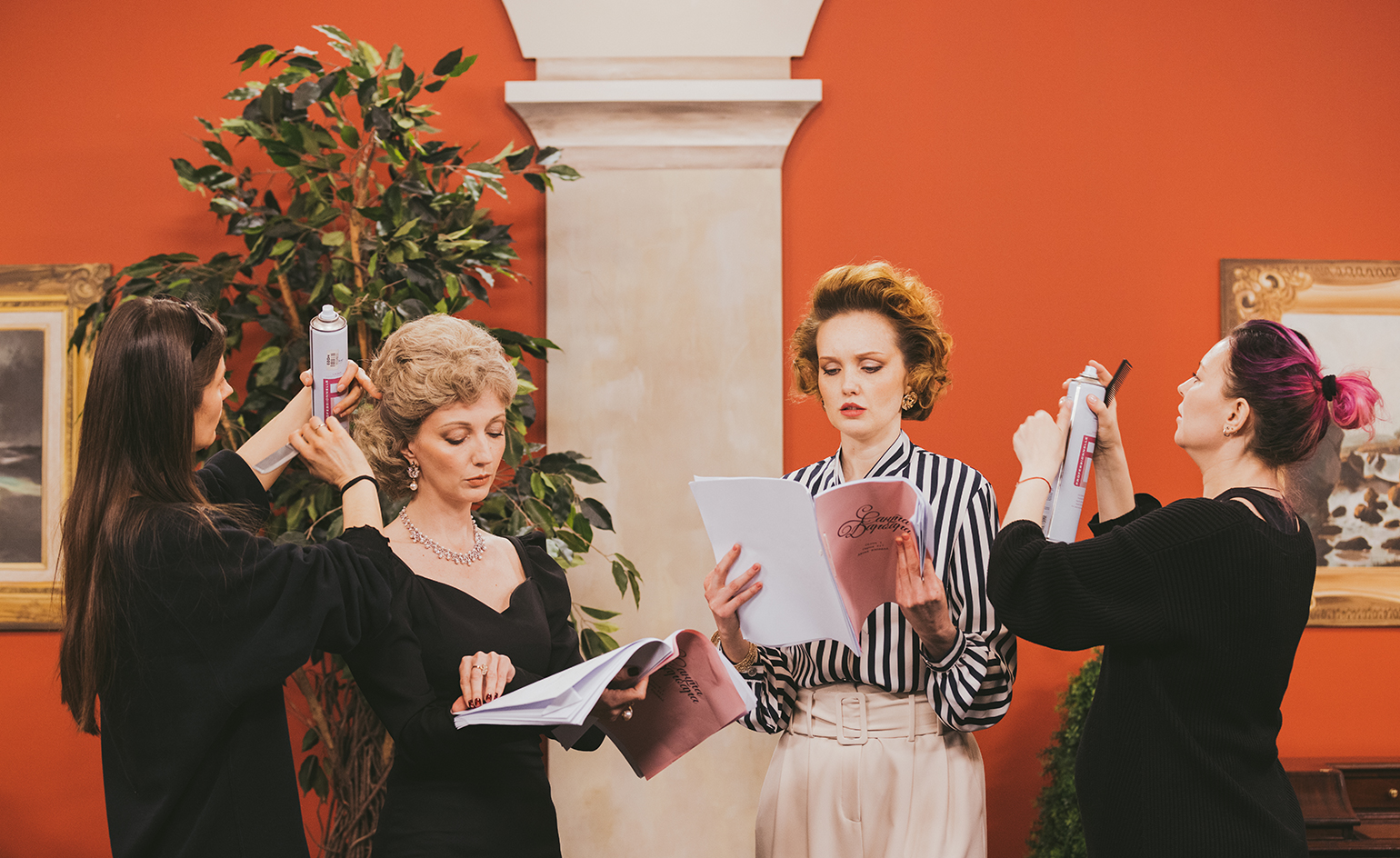 Ragnar Kjartansson’s dramatic soap opera inaugurates GES-2 in Moscow
Ragnar Kjartansson’s dramatic soap opera inaugurates GES-2 in MoscowIcelandic artist Ragnar Kjartansson inaugurates the much-anticipated V-A-C Foundation’s GES-2 House of Culture in Moscow. Santa Barbara – A Living Sculpture is a bold, theatrical work that examines the relationship between Russia and the US
By Amah-Rose Abrams
-
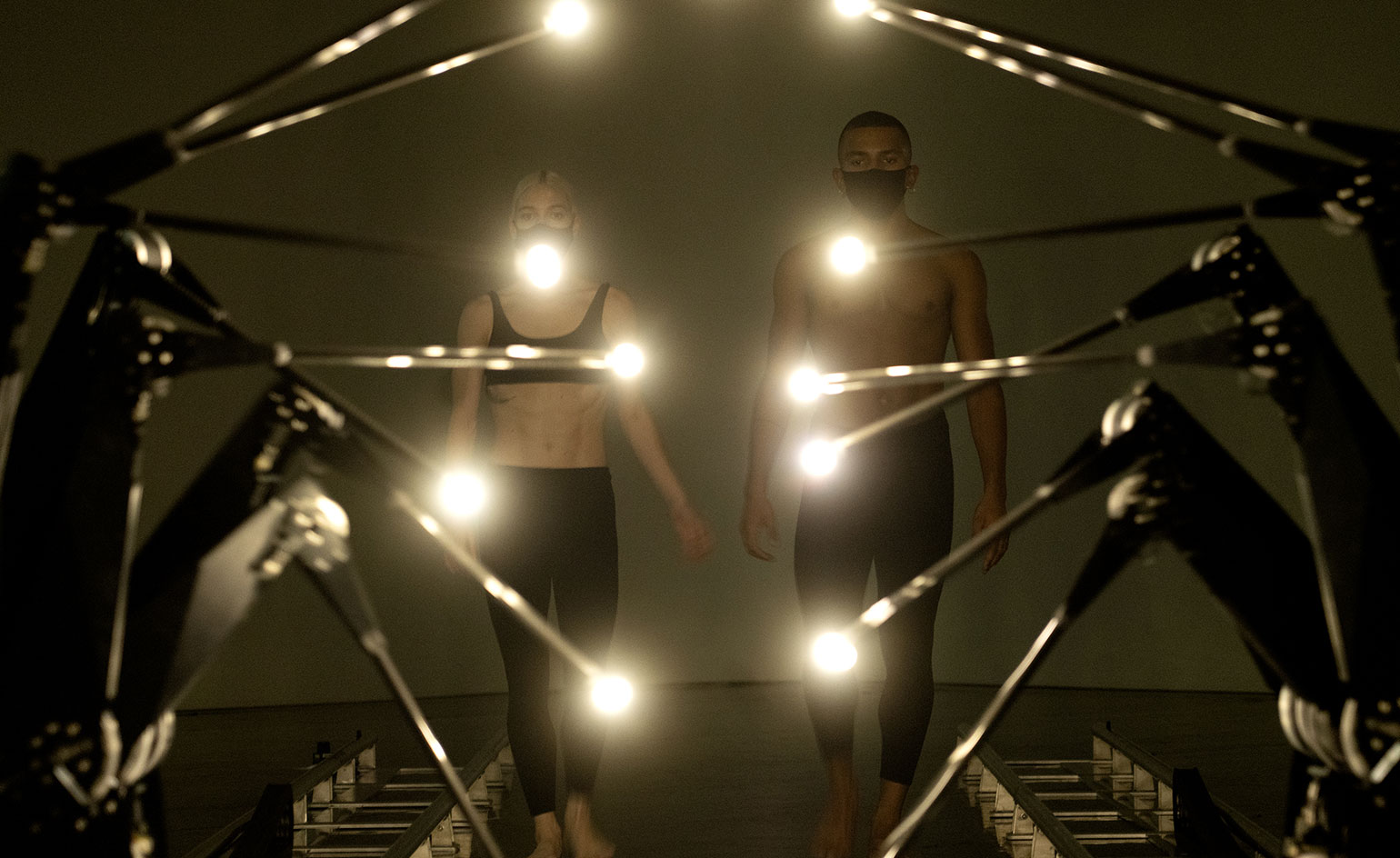 Wayne McGregor and Random International collaborate on futuristic dance performance
Wayne McGregor and Random International collaborate on futuristic dance performancePresented by BMWi and Superblue during Frieze London 2021, No One is an Island is an arresting yet hypnotic dance performance confronting the relationship between man and machine
By Rachael Moloney